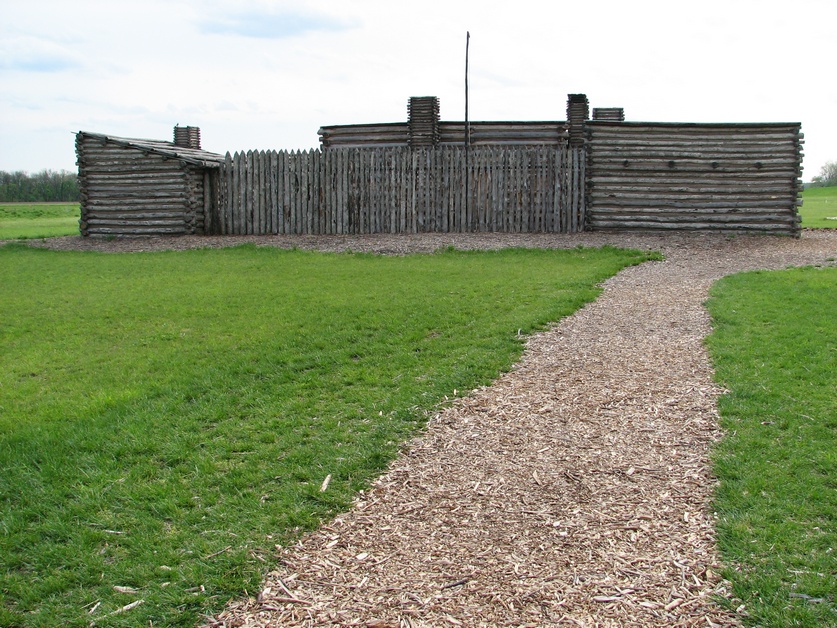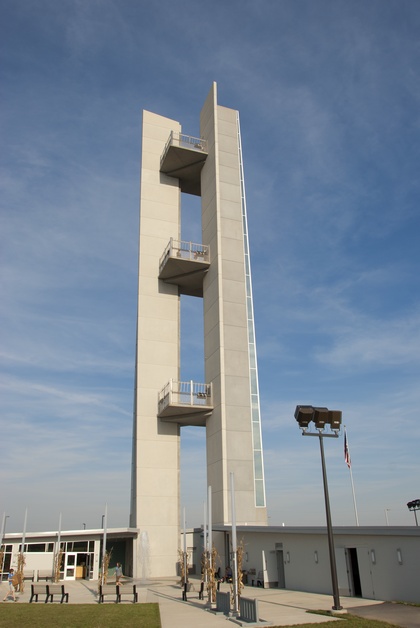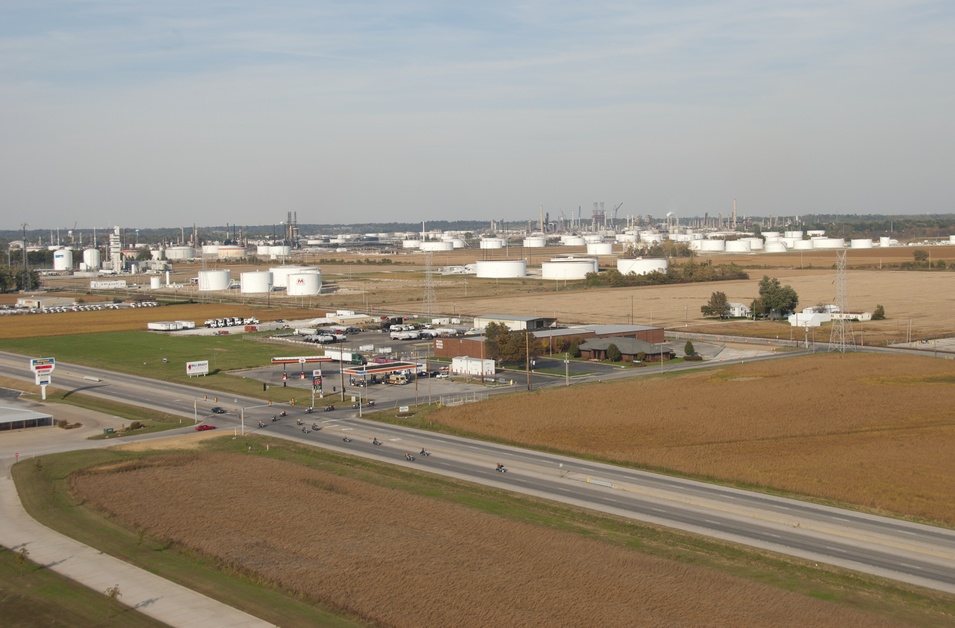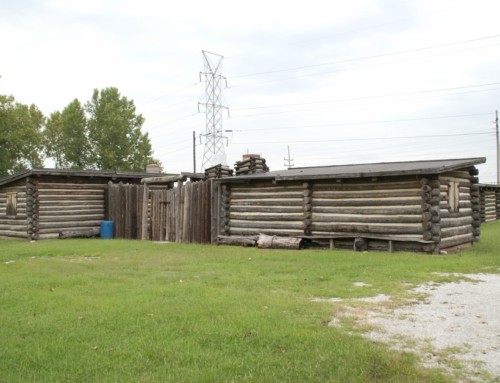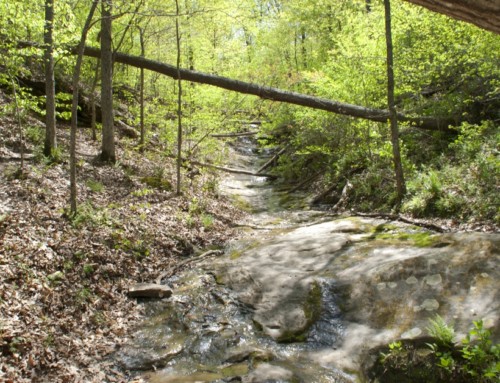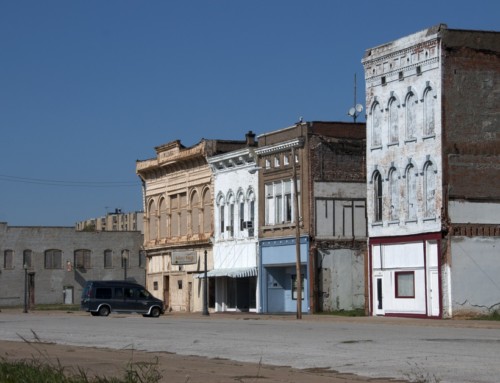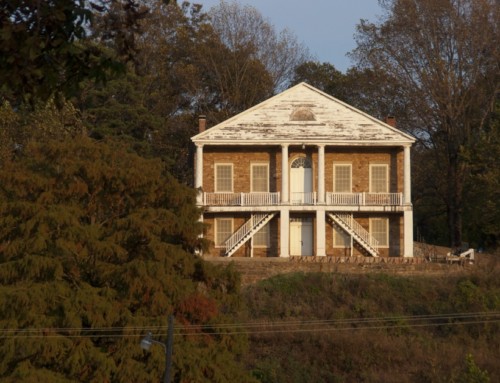Introduction
Hartford is another community that sprang up largely because of a single industry, but it also has a couple of good reasons to stop in for a visit.
History
The place where the village of Hartford is today had few residents and not much of an identity before the 20th century. In 1910, there were just six houses here, and the area had been variously known as Edwardsville Crossing, Oldenburg, South Wood River, and St. Marie. When the post office opened, it settled on the name Hartford for the new community.
Life changed nearly overnight when the International Shoe Company chose the area for a large tannery in 1916. The plant employed about 900 people during the 1930s, processing up to 28,000 tanned hides in a week. The process of turning a raw animal hide into finished leather required 110 different steps over 37 days in the 1930s but it was eventually reduced to a ten-day process. Finished hides were shipped to a different factory where they were assembled into shoes.
Workers got paid about a buck an hour in the early years, but the company kept a motel on campus, so employees could sleep close to work during the week. (And food was pretty cheap. In the 1940s, you could get a burger, a soda, and a Twinkie for 15 cents at Jones’ Café.) Many of the workers lived some distance away, and transportation options at the time weren’t good enough to go back and forth on the same day. The company was also well-known for its mature work force. In 1962, only 45 of its 305 employees were under the age of 45. The tannery closed in 1964.
Like its neighbors, Hartford was home to a refinery. In 1918, the Wood River Refining Company built a plant (not to be confused with that other Wood River Refinery). It has been through a few ownership changes: Sinclair Oil (1949), Clark Oil (1965), Apex Oil (1968), and Premcor Refining Group (1988). The refinery employed nearly 400 people at its peak.
The refinery turned out to be a difficult neighbor. Gasoline and oil leaked from pipelines, contaminating groundwater and land. Both Apex and Premcor reached multi-million-dollar settlements with regulatory agencies to clean up the mess they created. The refinery closed in 2017.
Exploring the Area
Lewis and Clark State Historic Site (1 Lewis and Clark Trail; 618.251.5811) marks the area where the Lewis and Clark expedition wintered before beginning their journey to find a water course to the Pacific Ocean. The site includes a replica of Camp DuBois and one the expedition’s keelboats. The current site of the museum is not exactly in the same spot as the original Camp DuBois, because that pesky Missouri River changed course and now has its confluence with the Mississippi River about three miles further south than in 1803.
Nearby, you’ll find two places to view the confluence of the two biggest rivers in North America: the Missouri and Mississippi Rivers.
- From Lewis and Clark State Historic Site, follow Lewis and Clark Trail to the west until it ends at a small memorial where there’s a good view of the confluence.
- If you go back to Illinois Route 3 and drive a bit north, you’ll see the 180-foot-tall Lewis and Clark Confluence Tower (435 Confluence Tower Dr.; 618.251.9101), two towers connected by viewing platforms that offer a birds-eye view of the confluence.
**Some Hartford sites are covered in Road Tripping Along the Great River Road, Vol. 1. Click the link above for more. Disclosure: This website may be compensated for linking to other sites or for sales of products we link to.
Resources
- Hartford Public Library: 143 W Hawthorne St.; 618.254.9394.
- Post Office: 100 W Cherry St.
Where to Go Next
Heading upriver? Check out Wood River.
Heading downriver? Check out Granite City.
Community-supported writing
If you like the content at the Mississippi Valley Traveler, please consider showing your support by making a one-time contribution or by subscribing through Patreon. Book sales don’t fully cover my costs, and I don’t have deep corporate pockets bankrolling my work. I’m a freelance writer bringing you stories about life along the Mississippi River. I need your help to keep this going. Every dollar you contribute makes it possible for me to continue sharing stories about America’s Greatest River!
Hartford Photographs
©Dean Klinkenberg, 2024, 2021, 2018,2013,2011



